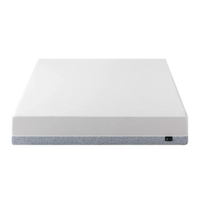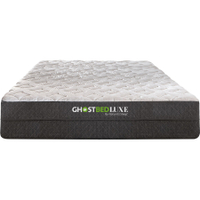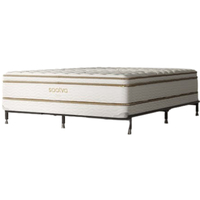I test mattresses for a living — here’s what soft mattresses do for side sleepers
Can a mattress be too soft for side sleeping?
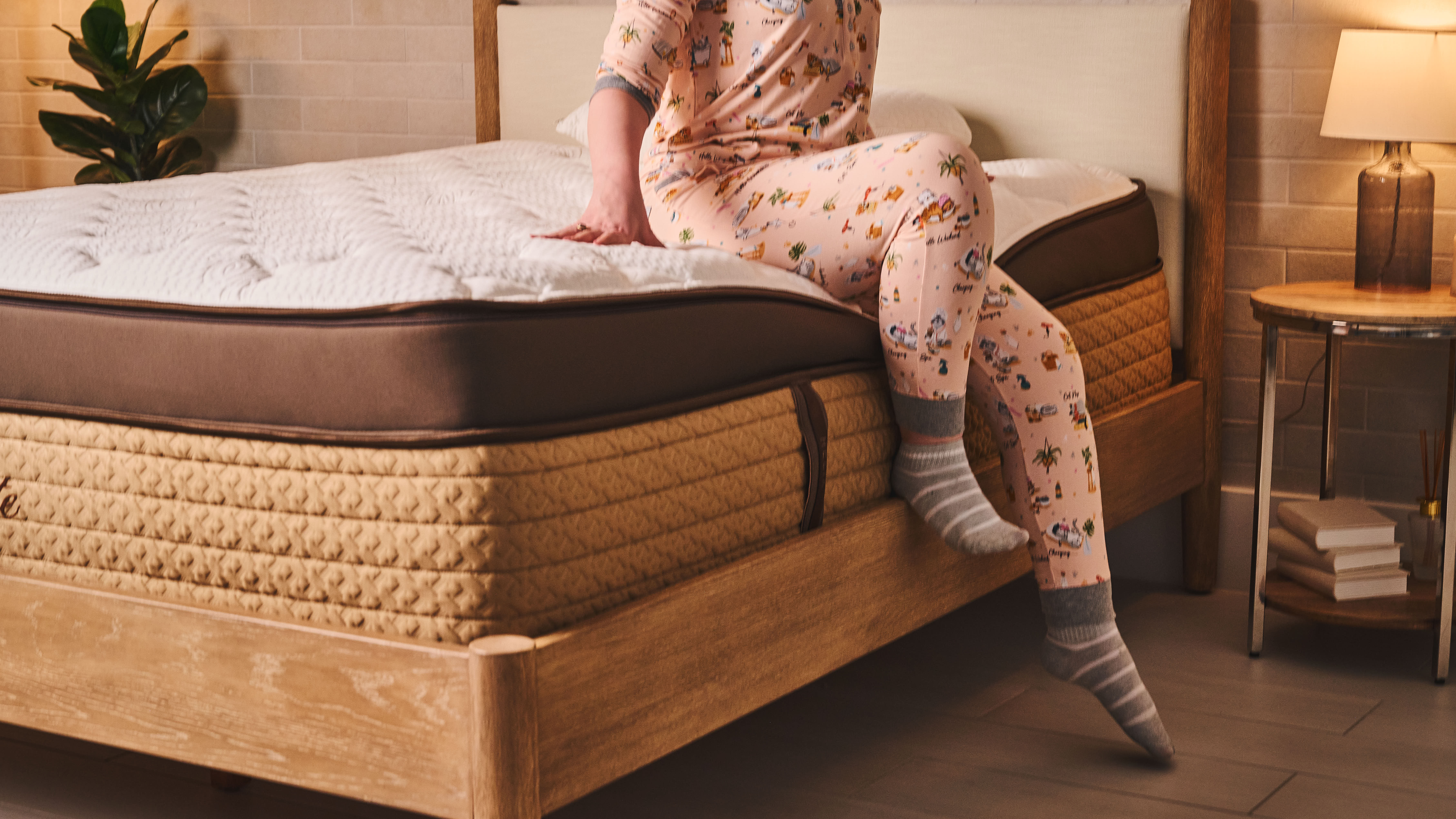
The cozy cushioning of a soft mattress can deliver that immediate 'ahh' factor when you lie on your side. But if you're a side sleeper, what happens to your body if you spend all night on a soft bed? Can plush mattresses be too soft for side sleepers?
We measure mattress firmness on a scale of 'softer than a marshmallow' to 'hard as a plank of wood' and most mattresses fall somewhere in the middle. Side sleepers need ample pressure relief, which is why I recommend that – regardless of firmness – you should look for a mattress with contouring and cushioning.
Soft mattresses typically excel at pressure relief, but to create this sink-in hug they sometimes sacrifice support — and that can lead to aches and pains. Here we'll explore how a soft mattress impacts a side sleeper, and what to look for in a plush bed. Many of the top recommendations in our best mattress guide come in a soft feel so you'll have plenty of choice and and many of them are discounted in price in this year's Presidents' Day mattress sales.
- Read more: Nectar Classic vs Siena Mattress: Which cheap bed in a box should you buy in Presidents' Day sales?
What is a soft mattress?
We rate mattress firmness on a scale of one to 10, with one indicating super soft and 10 incredibly hard. Soft mattresses technically fall between one and four on that scale, but in reality you'll rarely find a mattress so soft we class it as a one or two. With that in mind, most soft beds on the market are around three to five and fall in the medium-soft to medium bracket.
So, how does this translate to comfort? Soft mattresses have a feel similar to lying on a marshmallow. You'll sink into the materials as they contour around your body. This helps distribute weight to relieve pressure, which is why softer mattresses are often recommended for side sleeping. Close contouring is referred to as a 'hug'; some find the effect cozy, but others think it's stifling.
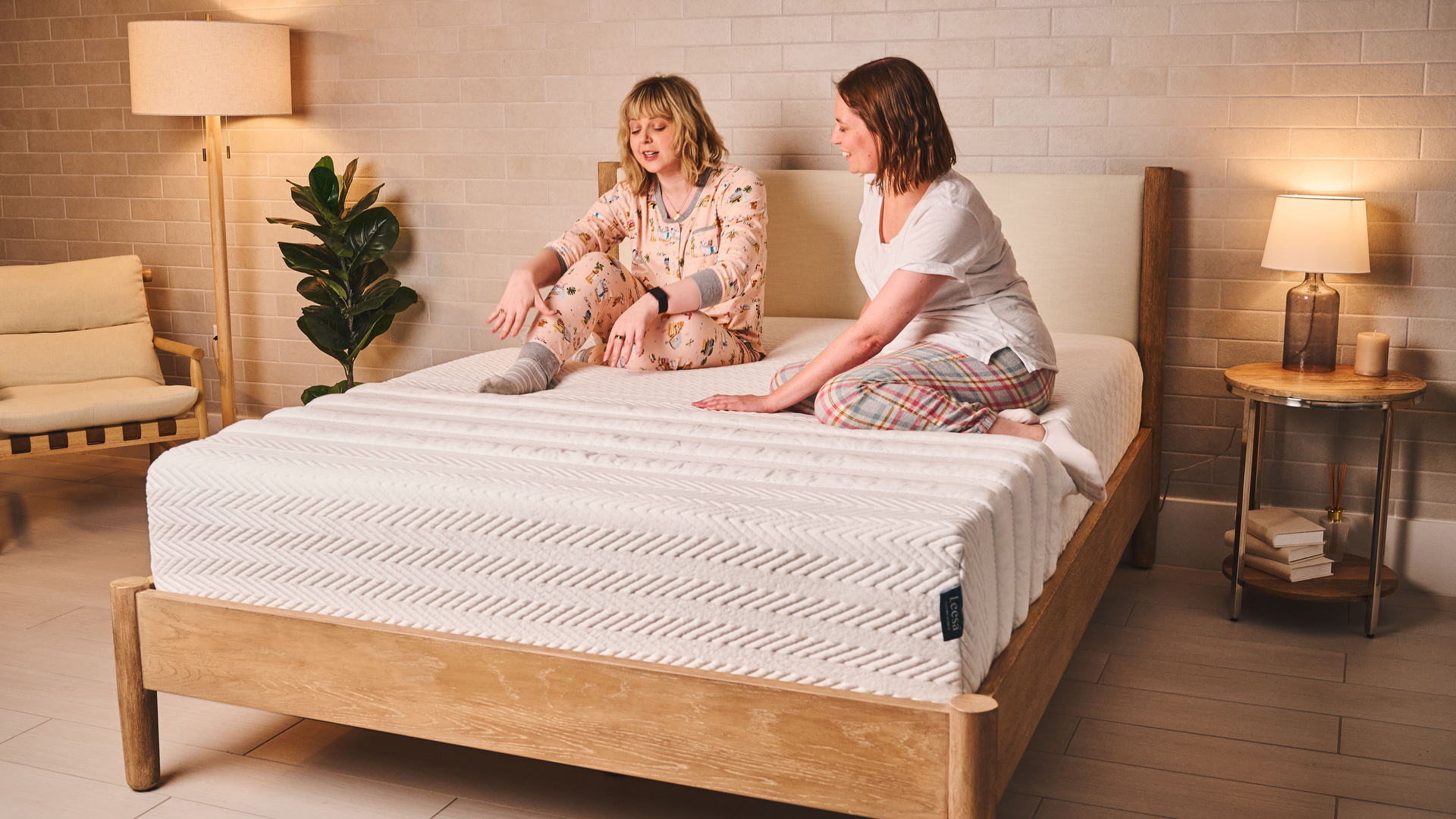
Due to this sink-in feeling, soft mattresses can sometimes lack support. If the body sags too far into the mattress it can cause the spine to twist uncomfortably. This sinking is often more pronounced among sleepers with heavier builds, as well as those who sleep on their back or stomach.
A common side effect of soft mattresses is a tendency to sleep warm. This is because hot air becomes trapped in the close hug of the materials, where it can't escape and cool down. However, the best cooling mattresses have methods to counteract this problem.
Sign up to get the BEST of Tom's Guide direct to your inbox.
Get instant access to breaking news, the hottest reviews, great deals and helpful tips.
What type of mattress should a side sleeper use?
Side sleepers push into the bed at the shoulders, hips and knees, so the best mattresses for side sleepers relieve pressure at these touch points. They often achieve this with dense cushioning at the top of the mattress, but responsive springs can sometimes provide a similar feel (particularly microsprings.)
However, side sleeper mattresses also need to provide support, even if it isn't the same as the firm, flat support the best mattresses for stomach sleepers require. Side sleeping is a healthy sleep position that naturally supports the spine, but a stable base is necessary to prevent certain parts of the body sinking out of alignment.
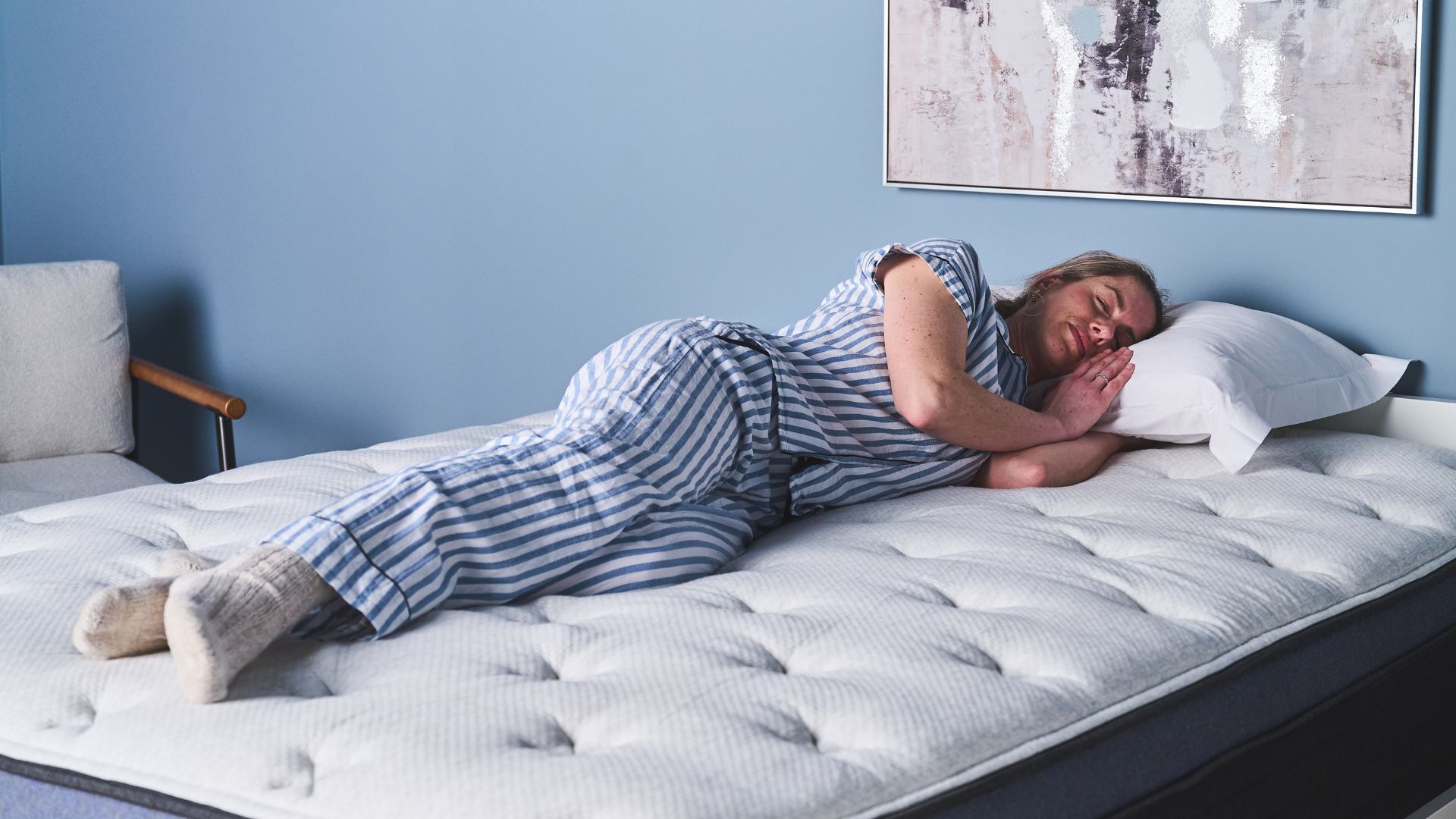
We tend to recommend medium to medium-firm mattresses for side sleepers, but this isn't quite the full picture. Side sleepers come in all different shapes and preferences, meaning beds from either end of the firmness scale might be suitable — there are even firm mattresses for side sleepers.
What should side sleepers look for in a soft mattress?
Choosing a soft mattress for side sleeping means looking beyond the initial comfort of cushioning to find a bed that supports you all night long. Below I've rounded up the key features in a side sleeping mattress, but my number one piece of advice is too choose a bed with a sleep trial. This will allow you to test the mattress at home so you can fully adjust to the feel and recognize what it does for your body.
1. Support at the base of the mattress
Soft mattresses often deliver immediate comfort, with that 'ahhh' feel many of us seek when we cozy up beneath the covers. But while a super soft mattress might be soothing when you first get into bed, getting out of bed the next morning can be a different story.
That's because as you sank into a too-soft mattress during the night, some parts of the body dipped lower than others, causing the spine to twist out of alignment. To compensate, the muscles have had to get to work and it's this overnight expenditure that you can feel in the morning.
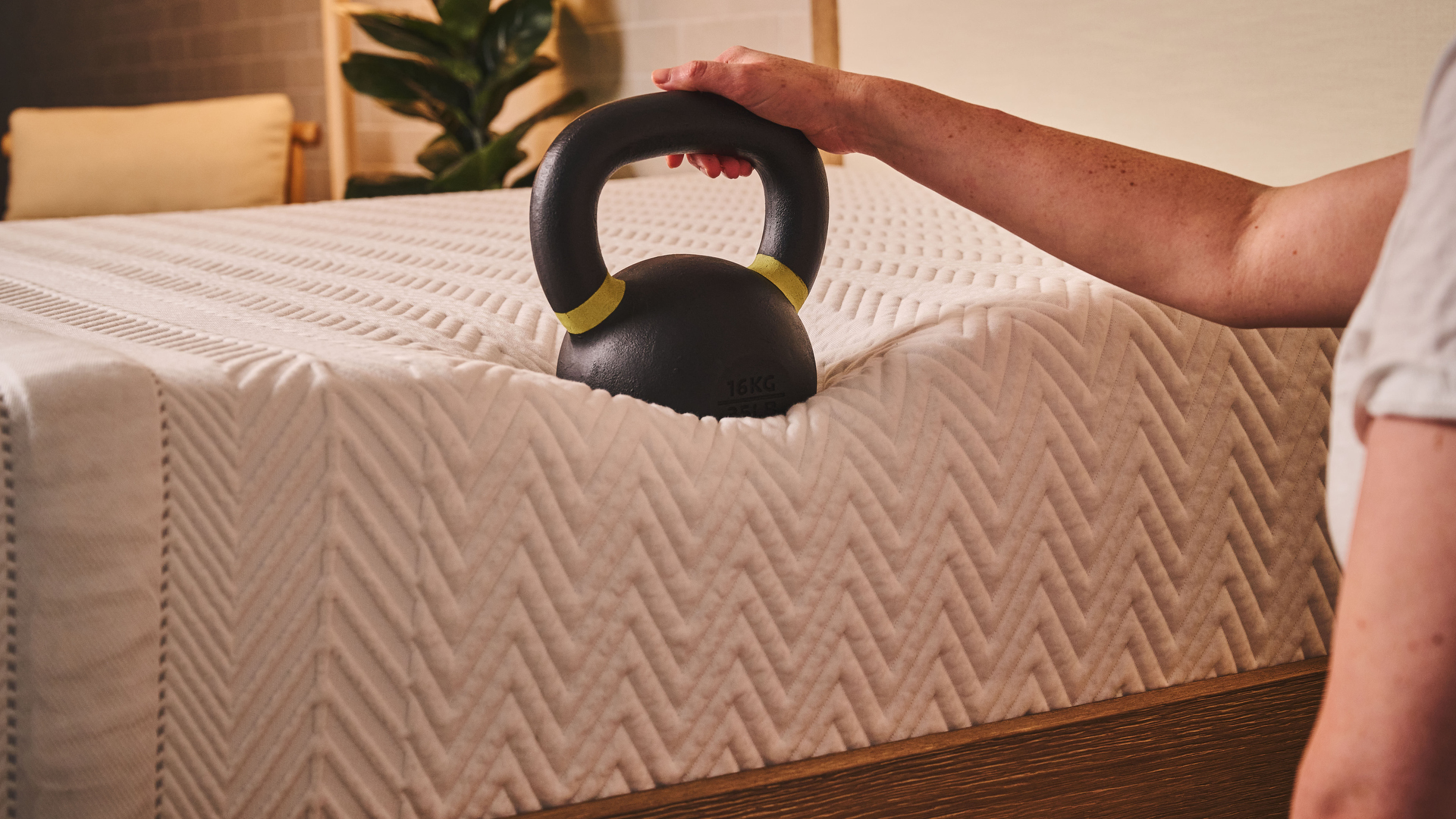
A high quality soft mattress will pair upper cushioned layers with a sturdy base, to ensure your spine never goes without support. Even soft all foam beds can achieve this: the best memory foam mattresses use dense foams at the base to lift the spine. This won't diminish the overall soft feel, but it will prevent uncomfortable back ache.
2. Cushioned pressure relief
Soft mattresses are often associated with pressure relief, but it's not quite as simple as the softer the bed, the better the relief. Sinking too far into a mattress can cause pressure to build up in the heavier parts of the body, as they're pressing lower into the mattress (this is typically the lumbar region.)
The quality of the materials also influences how much pressure relief a mattress provides. Low quality materials might allow you to sink through them but they won't contour to the body to aid weight distribution, causing pressure to build back up.
3. A suitable feel for your body type
I touched on this earlier, but mattress feel is subjective and closely linked to body type. Those with a lighter build are likely to find a medium mattress firmer, while those with a heavier build will perceive the same mattress as softer.
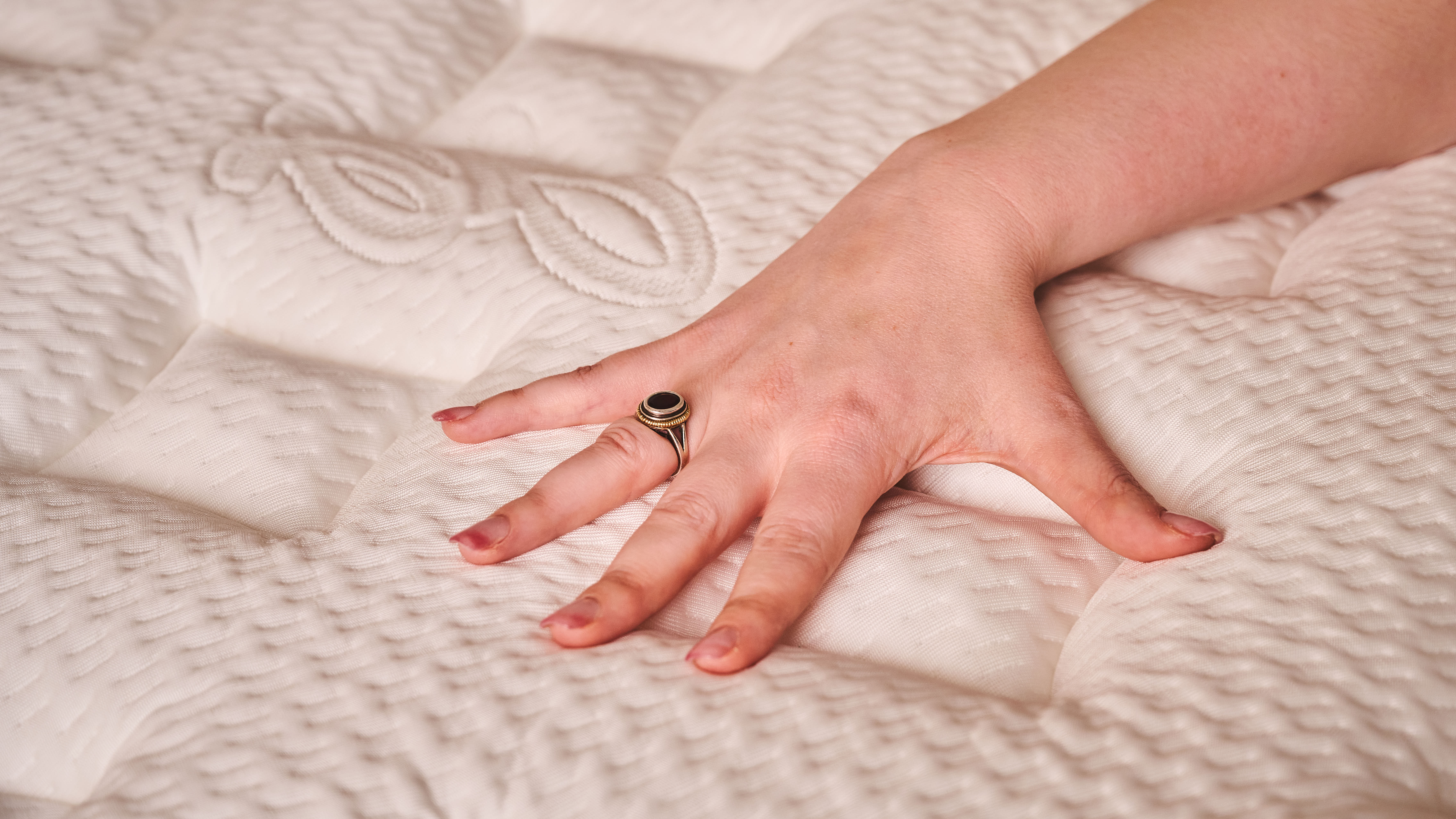
As part of our mattress methodology, we ask people with a range of body types to try a bed to determine a broadly accurate firmness rating. However, if you want a soft bed, factor in how your body type will influence your understanding of the feel. (The majority of mattresses for side sleepers sit in the medium-firm to firm bracket.)
3 soft to medium mattresses for side sleepers
1. Zinus Green Tea Memory Foam Mattress: was from $399 $249 at Zinus
This affordable all-foam mattress from Zinus has a sink-in softness that delivers oodles of pressure relief. In our Zinus Green Tea Memory Foam Mattress review we found the cushioning comfortable for side sleeping, although it can trap heat. The evergreen mattress sale reduces a queen to a budget-friendly $379 (was $599), with a 100-night trial and a lifetime warranty.
2. GhostBed Luxe mattress: was from $2,595 $1,298 at GhostBed
It's rare for a softer all-foam mattress to deliver good cooling, but in our GhostBed Luxe mattress review we found it ideal for side sleepers who experience night sweats but still want a bed with a pressure relieving hug. You can ignore the MSRP as GhostBed always offers massive discounts — a queen is $1,498, down from $2,995. And you get a 101-night trial and a 25-year warranty.
3. Saatva Classic Mattress: was from $1,399 $999 at Saatva
The Luxury Firm Saatva Classic we tested in our Saatva Classic Mattress review was comfortable for side sleeping, but one of the reasons we declared this the best hybrid mattress is due to its choice of firmness levels. For more pressure relief, choose the Plush Soft feel. In the Saatva Presidents' Day sale there's $400 off all mattresses over $1,000, reducing a queen to $1,699 (was $2,099) plus you get a full year's trial, lifetime warranty and free white glove delivery.

Ruth is a staff writer at Tom’s Guide, covering all things mattress and sleep. She has a deep interest in the link between sleep and health, and has tried enough mattresses to know the right bed really can make a difference to your wellbeing. At Tom’s Guide she writes to help people sleep better, from how-tos to the latest deals to mattress reviews, and has interviewed an array of specialists who share her passion. Before joining the team at Tom’s Guide, Ruth worked as a sleep and mattress writer for our sister website, TechRadar.
You must confirm your public display name before commenting
Please logout and then login again, you will then be prompted to enter your display name.
